Fanglong Liu
VideoGen: A Reference-Guided Latent Diffusion Approach for High Definition Text-to-Video Generation
Sep 07, 2023



Abstract:In this paper, we present VideoGen, a text-to-video generation approach, which can generate a high-definition video with high frame fidelity and strong temporal consistency using reference-guided latent diffusion. We leverage an off-the-shelf text-to-image generation model, e.g., Stable Diffusion, to generate an image with high content quality from the text prompt, as a reference image to guide video generation. Then, we introduce an efficient cascaded latent diffusion module conditioned on both the reference image and the text prompt, for generating latent video representations, followed by a flow-based temporal upsampling step to improve the temporal resolution. Finally, we map latent video representations into a high-definition video through an enhanced video decoder. During training, we use the first frame of a ground-truth video as the reference image for training the cascaded latent diffusion module. The main characterises of our approach include: the reference image generated by the text-to-image model improves the visual fidelity; using it as the condition makes the diffusion model focus more on learning the video dynamics; and the video decoder is trained over unlabeled video data, thus benefiting from high-quality easily-available videos. VideoGen sets a new state-of-the-art in text-to-video generation in terms of both qualitative and quantitative evaluation. See \url{https://videogen.github.io/VideoGen/} for more samples.
AIM 2022 Challenge on Super-Resolution of Compressed Image and Video: Dataset, Methods and Results
Aug 25, 2022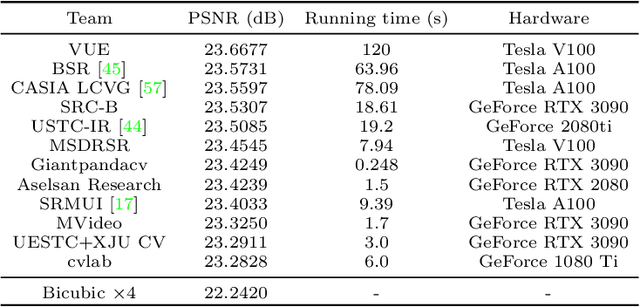
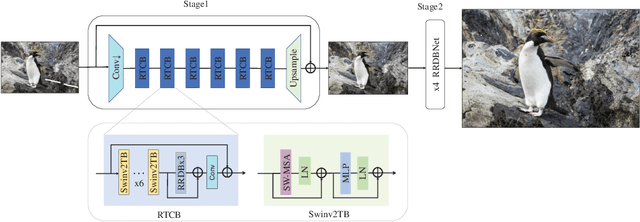
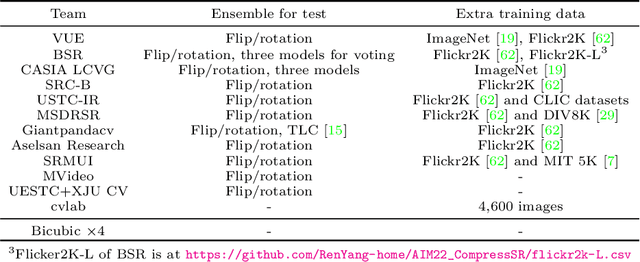
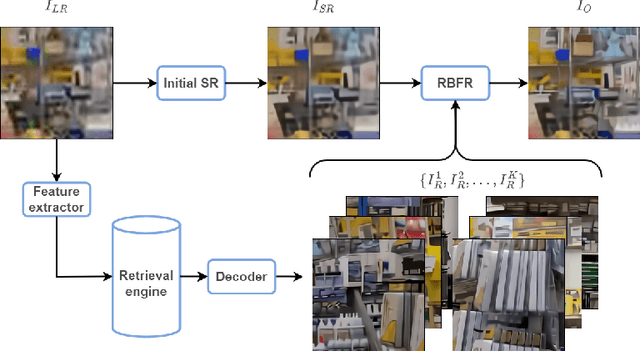
Abstract:This paper reviews the Challenge on Super-Resolution of Compressed Image and Video at AIM 2022. This challenge includes two tracks. Track 1 aims at the super-resolution of compressed image, and Track~2 targets the super-resolution of compressed video. In Track 1, we use the popular dataset DIV2K as the training, validation and test sets. In Track 2, we propose the LDV 3.0 dataset, which contains 365 videos, including the LDV 2.0 dataset (335 videos) and 30 additional videos. In this challenge, there are 12 teams and 2 teams that submitted the final results to Track 1 and Track 2, respectively. The proposed methods and solutions gauge the state-of-the-art of super-resolution on compressed image and video. The proposed LDV 3.0 dataset is available at https://github.com/RenYang-home/LDV_dataset. The homepage of this challenge is at https://github.com/RenYang-home/AIM22_CompressSR.
NTIRE 2021 Challenge on Quality Enhancement of Compressed Video: Methods and Results
May 02, 2021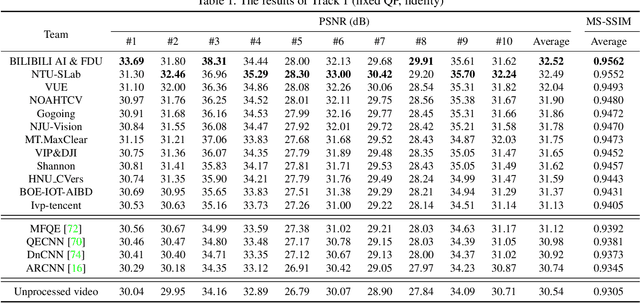
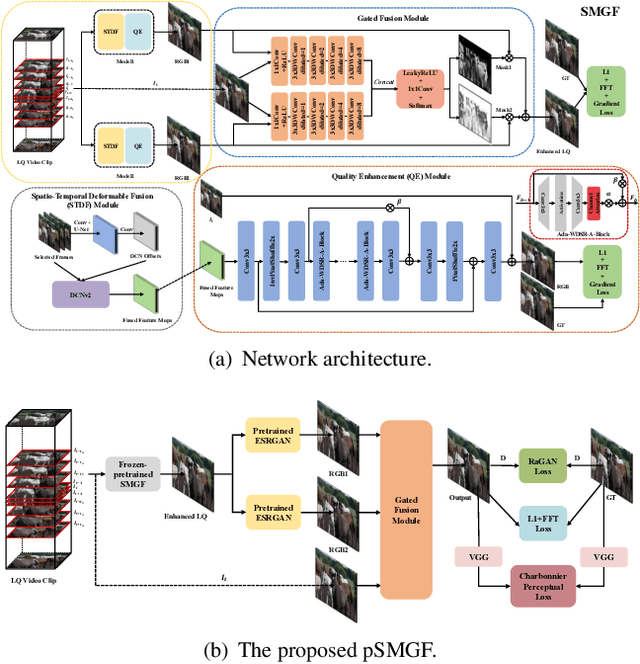

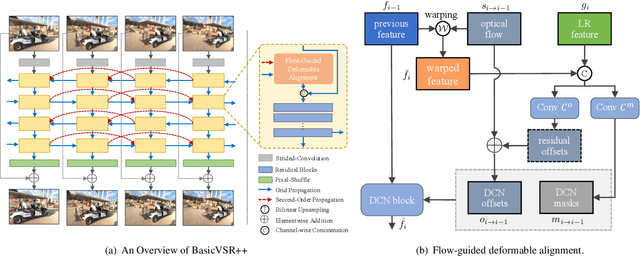
Abstract:This paper reviews the first NTIRE challenge on quality enhancement of compressed video, with a focus on the proposed methods and results. In this challenge, the new Large-scale Diverse Video (LDV) dataset is employed. The challenge has three tracks. Tracks 1 and 2 aim at enhancing the videos compressed by HEVC at a fixed QP, while Track 3 is designed for enhancing the videos compressed by x265 at a fixed bit-rate. Besides, the quality enhancement of Tracks 1 and 3 targets at improving the fidelity (PSNR), and Track 2 targets at enhancing the perceptual quality. The three tracks totally attract 482 registrations. In the test phase, 12 teams, 8 teams and 11 teams submitted the final results of Tracks 1, 2 and 3, respectively. The proposed methods and solutions gauge the state-of-the-art of video quality enhancement. The homepage of the challenge: https://github.com/RenYang-home/NTIRE21_VEnh
 Add to Chrome
Add to Chrome Add to Firefox
Add to Firefox Add to Edge
Add to Edge